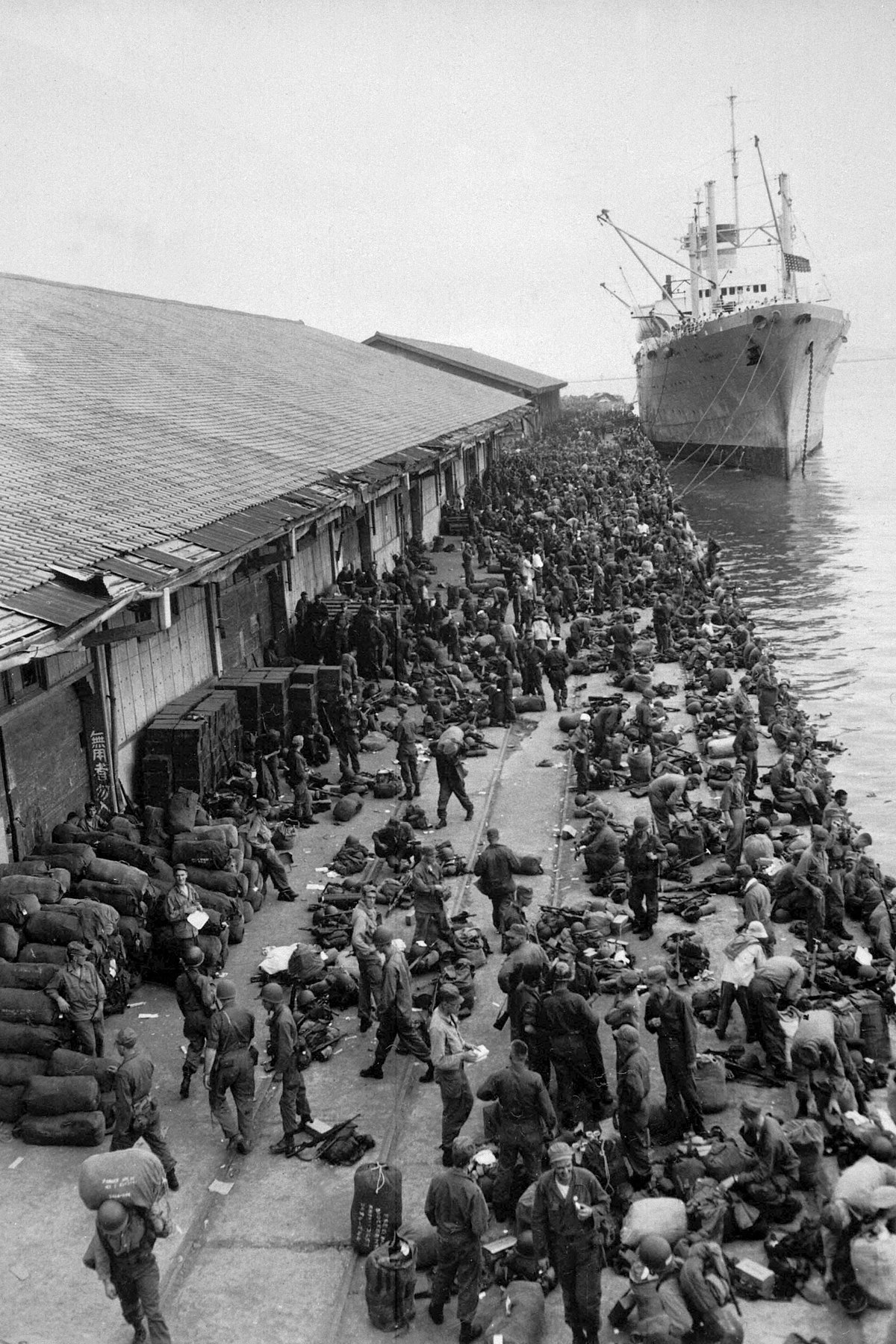
Battle of Pusan Perimeter
Pusan, South KoreaThe Battle of the Pusan Perimeter was one of the first major engagements of the Korean War. An army of 140,000 UN troops, having been pushed to the brink of defeat, were rallied to make a final stand against the invading Korean People's Army (KPA), 98,000 men strong.
UN forces, having been repeatedly defeated by the advancing KPA, were forced back to the "Pusan Perimeter", a 140-mile (230 km) defensive line around an area on the southeastern tip of South Korea that included the port of Busan. The UN troops, consisting mostly of forces from the Republic of Korea Army (ROKA), United States, and United Kingdom, mounted a last stand around the perimeter, fighting off repeated KPA attacks for six weeks as they were engaged around the cities of Taegu, Masan, and Pohang and the Naktong River. The massive KPA assaults were unsuccessful in forcing the UN troops back further from the perimeter, despite two major pushes in August and September.
North Korean troops, hampered by supply shortages and massive losses, continually staged attacks on UN forces in an attempt to penetrate the perimeter and collapse the line. The UN forces, however, used the port to amass an overwhelming advantage in troops, equipment, and logistics. Tank battalions deployed to Korea directly from the US mainland from the port of San Francisco to the port of Pusan, the largest Korean port. By late August, the Pusan Perimeter had some 500 medium tanks battle-ready. In early September 1950, UN forces outnumbered the KPA 180,000 to 100,000 soldiers.
The United States Air Force (USAF) interrupted KPA logistics with 40 daily ground support sorties that destroyed 32 bridges, halting most daytime road and rail traffic. KPA forces were forced to hide in tunnels by day and move only at night. To deny materiel to the KPA, the USAF destroyed logistics depots, petroleum refineries, and harbors, while the US Navy air forces attacked transport hubs. Consequently, the over-extended KPA could not be supplied throughout the south.
